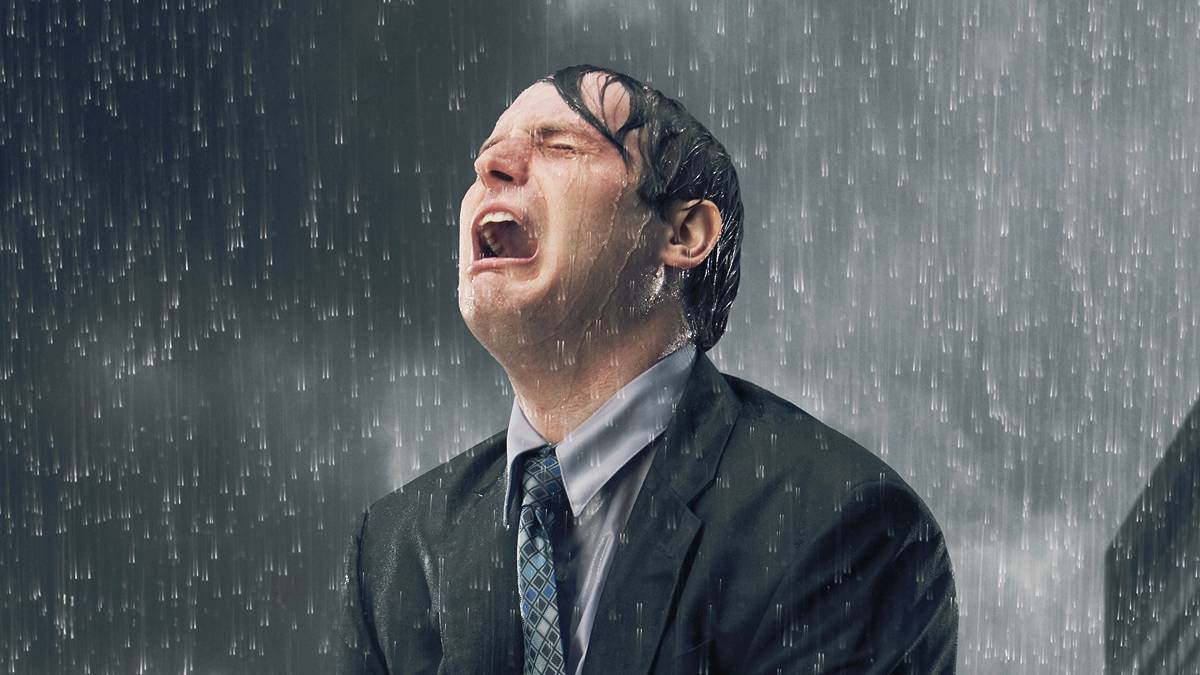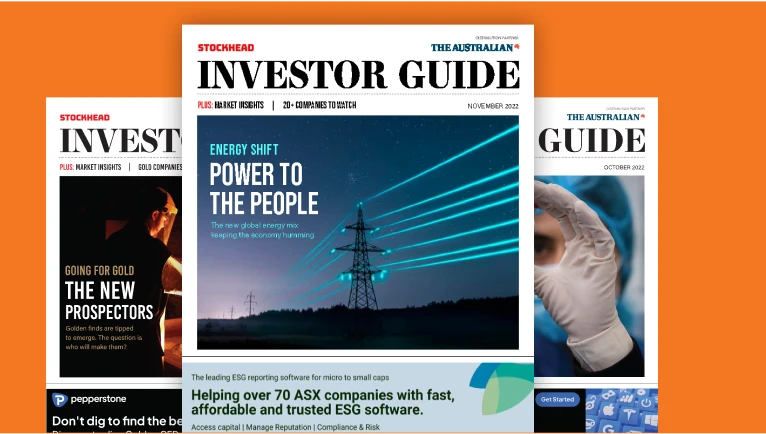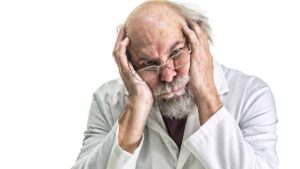Health Check: Drug sector panic sets in at the prospect of a Trump tariff ‘pharma-geddon’

Pic via Getty Images
- Donald Trump says he will impose a pharmaceutical tariff, but there are no details yet
- A Morgan Stanley report identifies 31 global life sciences trading below – or close to – net cash backing
- Orthocell and Osteopore win further regulatory approvals
A week ago, the pharmaceutical sector was breathing a sigh of relief after Donald Trump retained drugs on a list of goods that would remain free from US tariffs.
Now, it’s panicking after the Prez said the US soon would impose a “major” tariff on pharmaceutical imports, in view of encouraging local production.
“We are going to tariff our pharmaceuticals and once we do that [drug makers] are going to come rushing back into our country because we’re the big market,” he declared on TV.
Australia’s exposure is relatively small, in that we export about US$1.6 billion of pharmaceuticals to the US.
In terms of listed exposures, the blowtorch is firmly on CSL (ASX:CSL), which accounts for most of these shipments.
In no mood for taking prisoners, investors birched the blood product group’s shares by up to 7%.
Last Thursday – Liberation Day – CSL said “at this stage pharmaceutical products are not subject to the reciprocal tariffs”.
The company was “continuing to assess the broader impact of the tariffs and will monitor further announcements by the US Government.”
So, monitor away!
For device makers such as Resmed and Cochlear, the outlook is unclear, but investors were slightly kinder to their shares this morning.
Grand sale! Grand sale! Global biotechs have never been cheaper
Even Franco Cozzo – the late Melbourne purveyor of dubious baroque furniture – would blush at the markdowns in the global life sciences sector, with the discount between valuations and net cash backing reaching record levels.
On investment bank Morgan Stanley’s numbers, 31 of 99 biotechs under its coverage had an enterprise value – EV, cash on hand less debt – either higher, or slightly lower, than the market capitalisation.
In aggregate, these cheapies have cash of US$14.7 billion and a market cap of US$8.16 billion – a record 45% gap.
In December last year, the difference was 20% although it had spiked to 39% in August.
One extreme example is the European-based, Nasdaq-listed cell therapy play Galapagos NV, with a market cap of US$1.5 billion and cash of US$3.27 billion with no debt.
(The company is about to be split into two entities.)
A leader in protein degradation therapeutics, Arvinas Inc has a US$438 million market cap, with US$1.039 bullion cash and no debt – a discount to cash of 58% (US$601 million).
Oncology play Bicycle Therapeutics is pedalling along with a US$466 market cap and cash of US$880 and no debt – a 47% chasm.
Tiddler Mural Oncology has a US$20 million market cap and cash of US$124 million.
On a cautionary note, cash burn needs to be considered. Mural for instance burnt US$129 million and has a cash runway of a little over a year.
But Contineum Therapeutics has cash of US$205 million – double its market cap – enough to last more than six years at last year’s burn rate.
All the aforementioned companies are Nasdaq-listed.
ASX minnows are also going cheap
The list doesn’t include any Aussie biotechs, which is partly explained because the market cap cut-off is US$50 million.
For instance, Lumos Diagnostics (ASX:LDX) trades at a $19 million market cap with an $8 million cash balance.
This is despite Lumos having US Food and Drug Administration (FDA) approval for its virus-versus-bacteria diagnostics Febridx.
Alterity Therapeutics (ASX:ATH) has a $32 million market cap but has just raised $39 million, to further its phase II stage program for multiple system atrophy.
Veteran contract drug maker IDT Australia (ASX:IDT) has a $40 million market valuation, but its cash, property and plant are worth more than $100 million
With the overall market becoming even more Trumpled on, such mark-downs are likely to become more commonplace.
IDT snares $3.2 million contract drug deal
Speaking of IDT, the company has won a $3.2 million contract to make an investigational treatment for retinitis pigmentosa (RP).
The client is the local Nacuity Pharmaceuticals, which received FDA fast-track designation for RP, a progressive degenerative eye disease.
IDT expects the initial work to complete by June 2026, but there’s scope for more work over the five-year agreement term.
The win is handy for IDT, which can recommission a 4000-litre facility to make the active ingredients required for such drugs.
“The recommissioned plant also gives IDT a strategic advantage for addressing potential drug shortages,” the company says.
The win is consistent with IDT’s push to increase output from its state-of-the-art, but underused, plant in eastern Melbourne.
IDT shares were a rare gainer this morning, up around 10%.
Approvals for Orthocell and Osteopore
Separate device regulators have approved two new products in the regenerative medicine sector.
Fresh from gaining FDA approval for its nerve conduit Remplir, Orthocell (ASX:OCC) has won Brazilian assent for its dental guided bone regeneration product, Striate.
The company cites a US$65 million market opportunity, in an overall US$735 million global market.
Orthocell is working with its exclusive global distribution partner Biohorizons on an initial market launch in the December 2025 quarter.
Striate already is approved in the US, Europe and the UK as well as locally, New Zealand, Canada and Singapore.
It’s all icing on the cake for Orthocell, given Remplir will be Orthocell’s key growth driver.
Meanwhile, Osteopore (ASX:OSX) has gained European Union for its custom orthopaedic and cranial implants.
This supplements earlier European approvals for the company’s off-the-shelf neurosurgical and craniofacial implants.
The company says the latest approval “unlocks opportunities to offer high-value custom implants to Europe, in addition to off-the-shelf implants.”
Osteopore expects the US$368 million European custom cranial implant market to grow at an annual rate of 9%, “mostly driven by the increased prevalence of cranial surgeries due to road accidents, sports injuries, and conditions such as brain tumours”.
The usual mayhem, in other words.
Osteopore shares surged 180% on the news, to 4.5 cents.
Last April the shares spiked to 40 cents for unexplained reasons.
Related Topics

UNLOCK INSIGHTS
Discover the untold stories of emerging ASX stocks.
Daily news and expert analysis, it's free to subscribe.
By proceeding, you confirm you understand that we handle personal information in accordance with our Privacy Policy.








